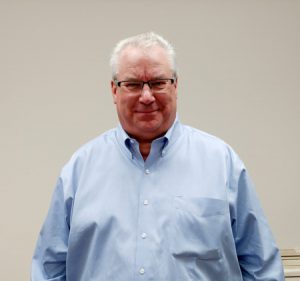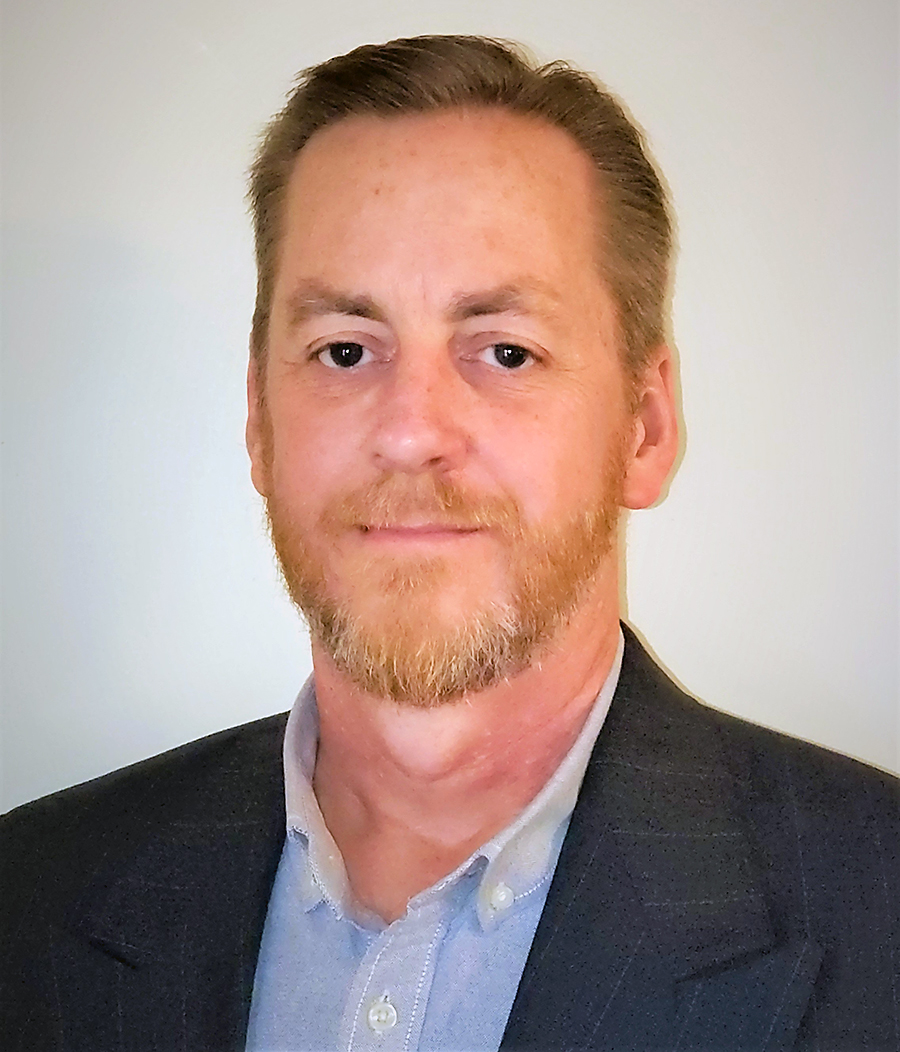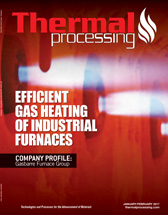
Please tell us a little about your background.
I started in the heat treating industry back in the late 1960s working for one of my uncles re-bricking heat treating and melting furnaces while attending college. I later graduated from Schoolcraft College and Wayne State University both in the Detroit area.
I initially joined Lindberg Furnace in 1977 and sold atmosphere, vacuum, aluminum heat treating, melting, induction heating, laboratory, and customer-designed furnaces in Michigan and several surrounding states until 1989. Since then, I have worked for other major furnace manufacturers in the U.S. and Europe. This will be the start of my 40th year in this market, and it has always been fun and rewarding in many ways.
I am a life member of ASM, charter member of the Heat Treating Society, and an AFS member for many years. I have chaired programs and presented many papers for ASM and FNA conferences for a variety of topics.
What’s your new role with Lindberg?
I recently re-joined Lindberg/MPH as business development manager (BDM) for North America. As BDM, I will be participating with our national sales manager and field sales team and supporting their efforts. I have a firm understanding of the automotive, aerospace, aluminum, commercial heat treating, forging, hot stamping, energy/oil field, and medical markets in regards to heat treating. I plan to use that knowledge and key relationships in bringing equipment orders to Lindberg and our other thermal processing equipment divisions.
Tell us more about Lindberg.
Lindberg/MPH is owned by Thermal Product Solutions (TPS), a leading American manufacturer in thermal processing products and test solutions with brands including Baker Furnace, BlueM, Gruenberg, Tenney, Lindberg, Lunaire, MPH, and Wisconsin Oven.
Lindberg/MPH is a leading manufacturer of standard and custom industrial heat treat furnaces, including pit, box, integral quench, vacuum, and belt-type for the ferrous and non-ferrous markets. Founded in 1917, the company has more than 75,000 industrial furnace installations worldwide, and its equipment is backed by a full range of customer support services and the most extensive replacement parts inventory in the industry.
Lindberg/MPH probably covers the largest range of customers by having a wide range of products from small lab R&D testing furnaces to large-scale/high-production systems.
For many years, Lindberg was known as the leading provider of batch pit and box-type atmosphere vacuum and I/Q furnaces. Lindberg also participated in the forge and foundry markets with annealing, normalizing systems such as car bottoms, belt, and roller hearths.
In the last 30 years, there have been many mergers with other thermal equipment makers such as aluminum melt and heat treat furnaces, batch ovens, and lab-type furnaces for R&D applications.
Lindberg offers full service for installation, re-building, evaluation, and upgrading older systems. Lindberg is the only company that offers a three-year warranty on our new equipment.
What are the industry’s biggest challenges you see?
Across the board, most companies no longer have the staff to support new heat treating equipment selection with companion equipment, turn-key installation with start-up and validation. So equipment makers are now being asked to provide those services both up and downstream from the heat treat furnaces.
Most of the newer heat treating systems today incorporate some level of automation, robotics, energy savings, and data retrieval. In addition to just the furnace, there may be a need for a loader/feeder system, pre/post-washing, storage and trigger tables, atmosphere supply or blending panels, closed-loop water systems, heat exchangers, and rust prevention. Today’s equipment provider needs to be a partner in providing these functions to the customer.
What’s your customer philosophy?
Typically, my philosophy hasn’t changed in 40 years. I always listen to the customer. Customers always provide us with current problems or issues that define our task and eventual solution. Those may be: higher capacity or temperature requirements, lower energy costs, better use of existing floor space, material changes, and new processes such as vacuum, nitriding, and FNC.
Give us an example of how you solved a customer’s problem?
A customer came to us with a need for a new nitriding project, which was new for them. They needed not only the furnace and programmable control system, but also required the dissociated ammonia atmosphere and had to incinerate the process gases. We were able to provide a solution for all of those requirements. They were satisfied that they could find all of the solutions from a single source.
How has equipment evolved?
In the past 15 years, there have been changes in several types of equipment, for example:
For atmosphere furnaces, the chamber sizes and load weights in I/Q furnaces have both increased. Multi-heating chamber systems are popular to increase production in smaller chamber sizes. Endothermic gas generators are once again popular with turndown features and air-cooled heat exchangers. Air-cooled fans have replaced water-cooled units. Nitriding is again being used for corrosion and high-wear applications for gears.
For vacuum furnaces, vacuum carburizing with oil quenching is popular for transmission and smaller components for standard steel grades. Bottom-loading furnaces are larger due to an increase in jet engines. High-pressure gas quenching is being considered.
For aluminum furnaces, fast quench furnaces with water and PAG systems are common for a wide range of aluminum components for aerospace and automotive markets.
FOR MORE INFORMATION: go to www.lindbergmph.com or email bill.stthomas@lindbergmph.com




























